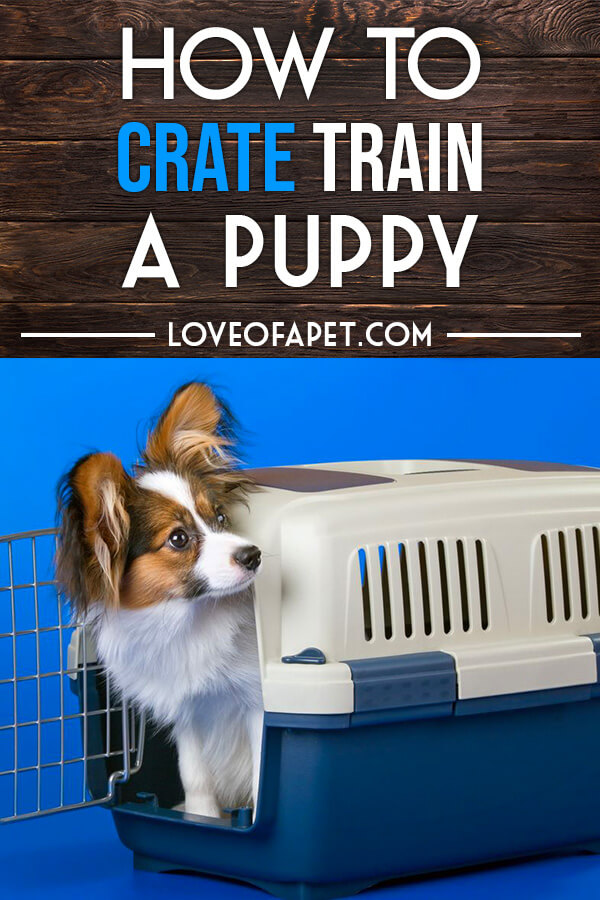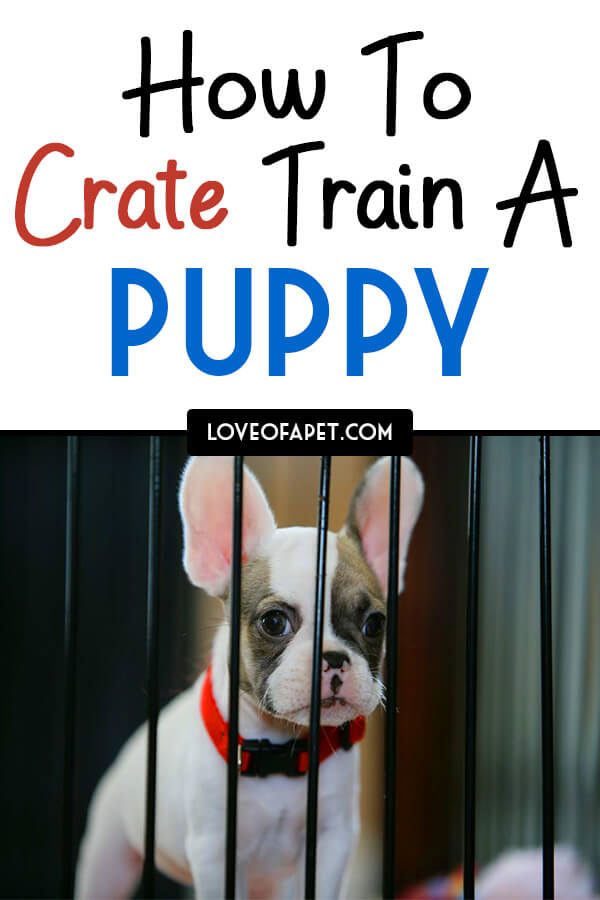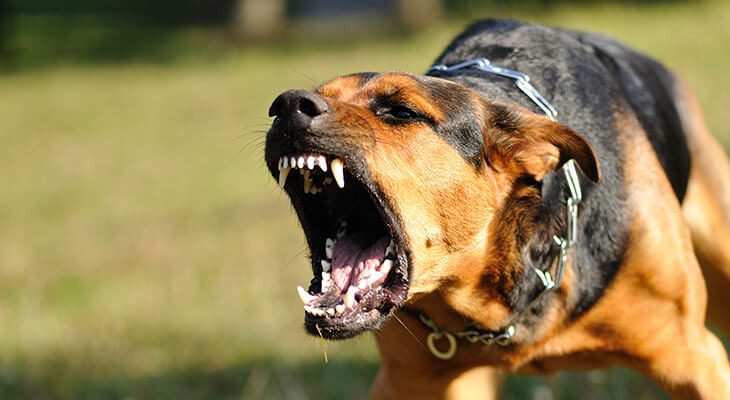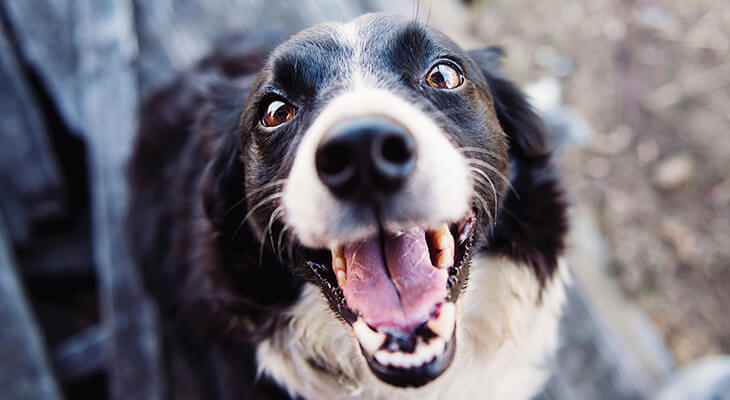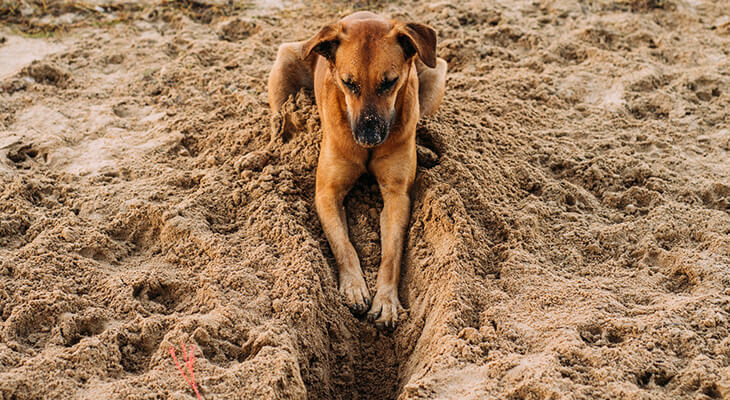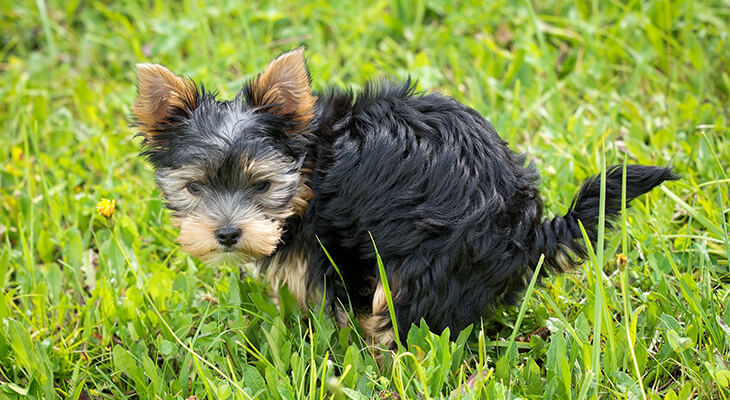Left on their own, young pups can get in a lot of trouble and naughty things— from chewing your favorite pair of shoes to soiling your newly installed carpet.
This is why it is important that you start training them early and keeping a close eye on them, particularly if they are still learning what is expected of them. The best way to do this is to crate train your adorable pup.
Contents
Why Crate Training?
First of all, crate training is not a cruel thing. Despite what other people may have told you, veterinarians and breeders recommend using crates for your Fido from a very young age.
For a really long time, wild dogs have sought out “dens” where they can feel safe and secure and take shelter while caring for their pups, resting or even recovering from an illness or injury. And giving your pup his very own personal bedroom can help make her feel safer and more secure.
Crate training is also highly effective for house training your little pup while you are busy tending to other things. Pups will not want to soil their bed but will have a bit of issue with sneaking into other rooms to do their thing if they are not yet fully trained.
Lastly, this method can help prevent anxiety. For pups, overseeing a large house when no one is with them can be quite overwhelming. A smaller place they will need to protect, makes it feel more manageable.
4 Proven Steps To Crate Training a Puppy
1. Familiarize Her With The Crate
In order to prevent the crate training process a traumatic experience, you need to make sure that your pup feels at ease. Here are some ways to familiarize her with the crate and give her positive experience:
- Never lock up and leave your pup alone inside the crate for the first time. This can be very traumatic for your pup and will make it quite difficult for you the next time you try to get him to inside her crate and behave.
- Keep her comfortable. Place a blanket on the bottom or an old shirt on the bottom of the crate so that she is comfortable inside. You can also add in her favorite toys to encourage her to explore the inside on her own. Tempt her to enter the crate by adding some kibbles or treats inside. Be generous with praises as she enters the crate to eat the scattered kibble.
- Make her enter the crate. If she does not make a move to enter her crate, pick her up and slowly place her inside with the crate door left open. Reassure your pup by petting her if she seems frightened or agitated. Taking in a few moments, call her out of the crate to join you. Praise and pat her with simple words or give her treat when she comes to you.
- Feed her inside the crate. You can also feed your pup her meals in the crate. If she is still nervous in entering the crate, then you can place her bowl closer to the crate’s opening during the first feeding, then gradually moving it into the crate.
2. Make it a Short Stay
After practicing going in and out of her crate willingly for several times and if she appears to be at ease inside the crate without any signs of fright, then you can start crating her for short periods while you are at home.
Call her over to the crate with her favorite treat and with an accompanying command (you can use “kennel up” or “kennel”). Once she’s inside, give her another treat and some praises, then shut the door.
Keep it closed for a minute, as long as she remains calm. After that, you can open the door and invite her out while praising or rewarding her. In addition, as she becomes comfortable eating inside her crate, you can close the door during feeding, then opening it as soon as she’s finished.
From here, slowly add in minutes and moving away from the crate until she’s comfortable with you being out of sight for at least 20 – 30 minutes.
3. Crating Your Dog When Leaving
After your pup can spend at least 30 minutes in her crate without being afraid or anxious, you can start leaving her crated for short periods when leaving the house.
Call your pup to her crate and ensure that you leave her with a few safe toys inside. Vary the moment during the “getting ready to leave” routine which you put your pup in the crate. Even though they should not be crated for a long time before leaving, you can crate them from 5 – 20 minutes prior to leaving.
Do not make your departures prolonged and emotional. Praise your pup briefly, give her a treat for entering the crate and quietly leave.
When returning home, keep it low key. Do not encourage their excited behavior by responding in the same way. Come in quietly, do no immediately go to your pup’s crate. After a few minutes later, release her from the crate calmly and casually.
Continue crating your pup for short periods from time to time when you are home so that she will not associate crating with being left all alone.
4. Crating Your Dog Overnight
Place your dog in the crate using a treat and your regular command.
For the first nights, it might be a good idea to place the crate in your bedroom or in the hallway to prevent anxiety. In addition, puppies usually need to go outside in order to eliminate during the night, and you will want to be able to hear her when they whine to be allowed outside.
Once your pup is sleeping comfortably through the night inside a crate near you, you can start to gradually move the crate to a spot that you prefer.
Several Pointers To Keep In Mind
1. Whining
If your pup cries or whines while in the crate at night, it can be difficult to know whether she is whining to be let out of the crate or the need to eliminate.
If your pup is testing you, then she will probably stop whining soon. If the whining continues after ignoring it for a few minutes, use a phrase she associates with going outside to eliminate. If she gets excited, then take her outside.
This should be a trip with purpose and not playtime. If you are convinced that your pup does not need to eliminate, then ignore her until she completely stops whining.
2. Not a Punishment
Never make your pup associate the crate as a place of punishment. Do not yell at her or bang the crate around. In addition, never place your pup on the crate while you are angry with her in doing something naughty.
She should see it as her own “room”, a place where only happy and peaceful things happen.
3. Don’t Leave Her in the Crate For Too Long
Dogs are not meant to be crated day and night. They require social interaction and exercise. Otherwise, they can become anxious or depressed.
In addition, puppies should not be left inside a crate for more than a few hours. They won’t be able to hold their bladders and bowels for longer than that.
In case you find your schedule needing to crate your pup for more time than is acceptable, then you may need to hire a pet sitter or taking her to a daycare facility in order to reduce the amount of time that she spends in her crate.
